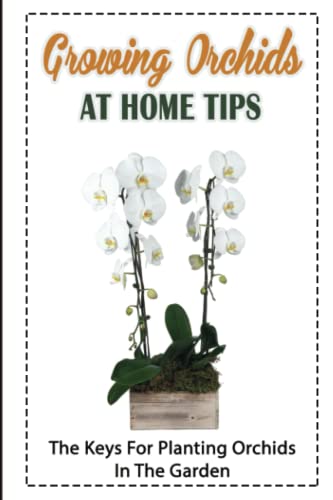My husband watches me painstakingly but constantly fiddling with my tiny shelf of orchids and kept pestering me to automate something. We have a lot of home automation already setup and it all works pretty great. I refused for a long long time, but finally gave in. Funny thing is I'm a software engineer by trade so one would think I'd be all over this s**t. I don't trust most consumer cloud controlled devices on the market for a number of reasons, but mostly because of security/privacy concerns and also because nothing out there is fool-proof. We have a home automation framework installed on our internal network NAS and external network level blocking to put my security/privacy concerns at ease. With all that said, I thought I'd give it a try with something off-the-shelf. I didn't want to write my own control logic because TBH why would I if someone has already done it for me. There's basically a post or tutorial for everything you want to do if you look hard enough.
We use Home Assistant (HA) as our home automation framework. It serves as device control aggregator. It's great. It enables us to share control of all the cloud-capable devices despite the difference in mobile platform preferences (iOS vs Android). This just means we don't have to install a new mobile app per device we add to our home network. Pro tip: If it's a TUYA capable device you can use it with Home Assistant.
Anyway, I've got a long way to go. There's so much more I want to do with this little project and promise to post learnings and findings along the way. This is by no way a complete automated solution to my orchid care, but does help me maintain proper conditions to avoid root rot and desiccation. I hope this info helps somebody out there.
What I've got going on so far:
The HA mobile app provides a UI for manual ON/OFF override for any automation we setup. All the orchid-related devices are grouped under the power strip since they're all plugged into it.

Things that work off-the-shelf:
Things we had to tweak:
Additional notes:
We use Home Assistant (HA) as our home automation framework. It serves as device control aggregator. It's great. It enables us to share control of all the cloud-capable devices despite the difference in mobile platform preferences (iOS vs Android). This just means we don't have to install a new mobile app per device we add to our home network. Pro tip: If it's a TUYA capable device you can use it with Home Assistant.
Anyway, I've got a long way to go. There's so much more I want to do with this little project and promise to post learnings and findings along the way. This is by no way a complete automated solution to my orchid care, but does help me maintain proper conditions to avoid root rot and desiccation. I hope this info helps somebody out there.
What I've got going on so far:
- Fans << ON/OFF at 1h intervals
- Lights << ON 12am to 6am
- Water pump << helps me maintain humidity levels by drip-filling my little DIY humidity trays
The HA mobile app provides a UI for manual ON/OFF override for any automation we setup. All the orchid-related devices are grouped under the power strip since they're all plugged into it.

Things that work off-the-shelf:
- Power-strip: Amazon.com
- PC case fans:
- https://www.amazon.com/gp/product/B00NC08E9Y << I use 1 per shelf
- https://www.amazon.com/gp/product/B07BMN3FSK << I use 2 per shelf
- x8 fan controller: Amazon.com << distributes power to the fans
- 5g water reservoir: https://www.amazon.com/gp/product/B071KXGMFQ
Things we had to tweak:
- Lights: https://www.amazon.com/gp/product/B07X1L9CNR << Bypassed/soldered the timer switch to enable us to control the lights via the power strip
- Water pump: Amazon.com << Rainbird controllers use TUYA. This pump can also be controlled using TUYA. Just use the Rainbird HA integration to setup your HA irrigation automation.
Additional notes:
- I still manually water my plants every 7-10 days. It's something I enjoy and allows for hands-on admiration and an intimate inspection.
- I need to find some decent BT humidity sensors so I can automate drip-irrigation triggers based on those readings.
- I also need to figure out a failsafe that drains the trays if the water passes a certain threshold. Something like a float-switch to override power to the pump.
- Redundancy is key to a good control systems so I may install a secondary power strip and pump as a fallback. A battery backup would be smart, but would be pointless if the home network + NAS isn't also on battery or generator backup. This is me just being OCD and is probably overkill for a hobby collection.
- I'm cheap as hell and refuse to switch out my janky hacked supposed full-spectrum LED light fixtures, but know I probably should.

- Feit Smart Plugs from Costco are complete garbage. They drop connection and do not reconnect to the network until you unplug the unit and plug it back it.
Last edited:




























